When embarking on a new weight loss journey, it is important to know which foods to avoid and which have the power to melt away these pounds. Pizza, pasta, pastry, and bread are usually the first ones to go, and you are left to find more healthy and weight loss friendly alternatives.
One of these healthier bread alternatives people usually think of is pita bread. In this post, I would like to cover if pita bread is healthy for weight loss or if it is as bad or even worse than a regular white loaf.
Is Pita Bread Good For Weight Loss? The Basics
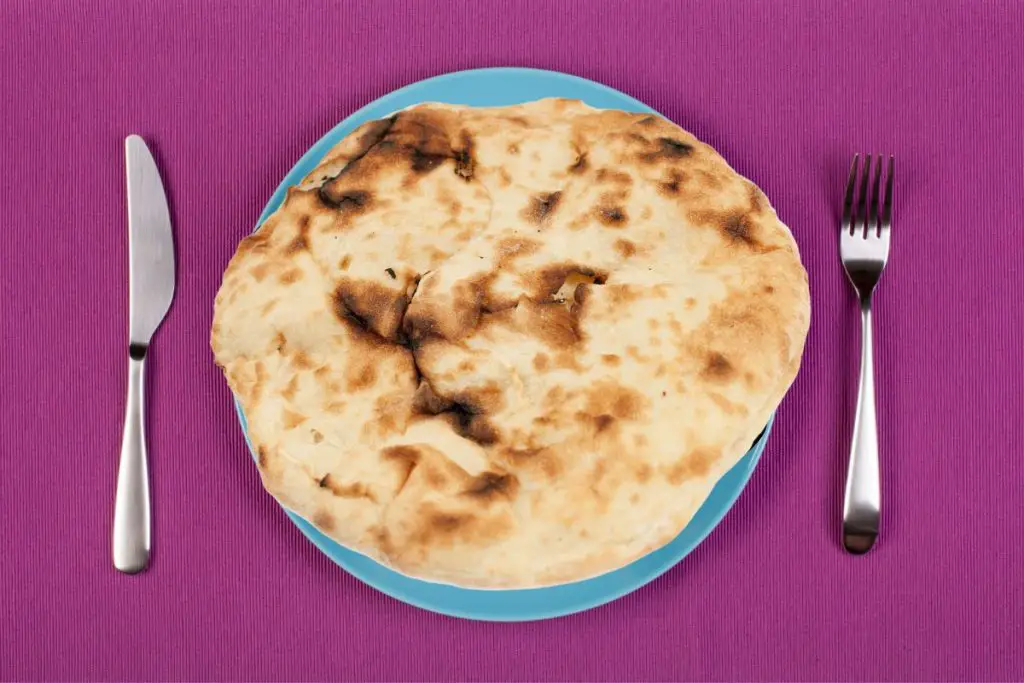
- Pita bread is a low-fat, sugar-free flatbread option.
- It has fewer calories and fat content than regular white bread, which makes it an excellent replacement for white bread.
- However, over 80% of pita bread’s calories come from carbohydrates, making it unsuitable for folks following low-carb diets such as keto or paleo.
- Overall, pita bread is excellent for people aiming to lose weight without following strict diets, as long as it is eaten in moderation and as a side dish to other more low-carb and high-protein meals.
What Is Pita Bread?

Pita or pitta bread is an umbrella term used to refer to many types of flatbreads commonly found across Middle Eastern, Mediterranean, and Balkan cuisine. As such, many flatbreads with individual names in their respective cultures can also be called pita in Western countries [1].
However, what we consider pita bread must have certain aspects in common. Most importantly, it is usually round and contains the same essential ingredients—wheat flour or whole wheat flour, water, yeast, and salt, sometimes sugar.
Next, it must be baked at temperatures above 450°F (232°C), a process that turns water into steam. Due to the pressure, the dough puffs up and separates into two layers, creating the famous “pocket” associated with the bread [1].
What Are The Different Types Of Pita Bread?
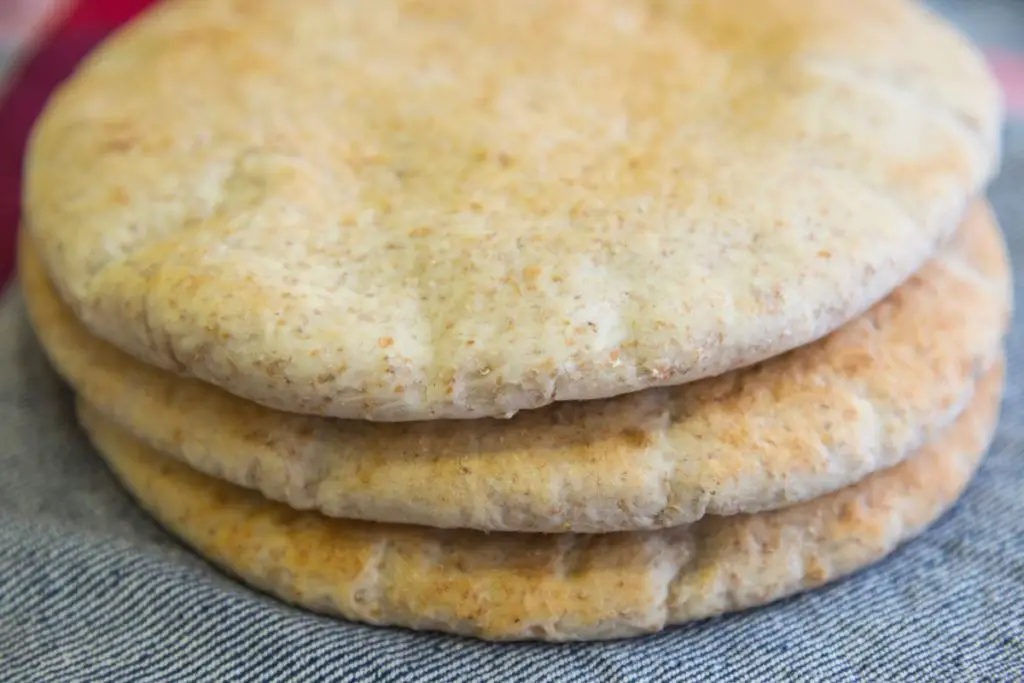
As mentioned beforehand, pita has become a catch-all term for flatbreads from the Mediterranean and the Middle East. That means that, technically, there are as many types of pita bread as countries and regions within that area.
Overall, American consumers may find two varieties of pita bread most widely available. First, the Lebanese and Syrian variety—frequently called Arab Bread—and the Greek and Cypriot option.
Although both are made with the same ingredients, the Lebanese and Syrian pita bread has the distinctive ‘pocket’ and tends to be much thinner and lighter, while the Greek and Cypriot variety can be slightly fluffier or dense and lacks the pocket.
Taking this into consideration, you can also find variations of these options. Certain supermarkets or stores may have pocket bread made of whole wheat, gluten-free options, and even low-carb ones.
What Is The Nutritional Value Of Pita Bread?
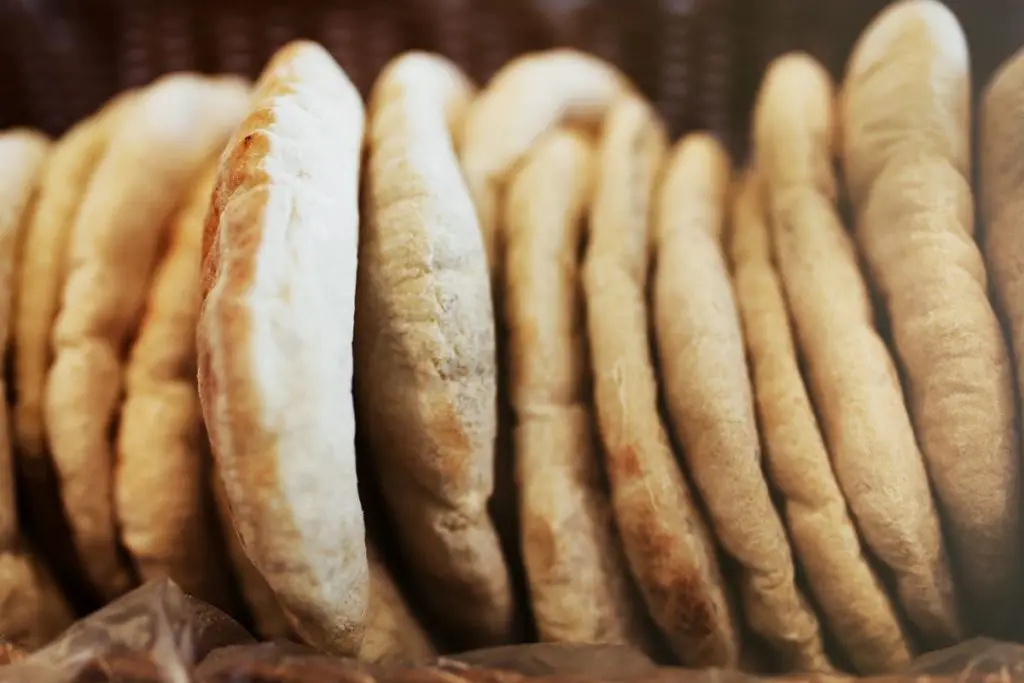
All pita bread has four essential ingredients: flour, water, yeast, and salt. Specific preparations can include additional components, such as olive oil or sweeteners like sugar and honey.
Since the ingredient list is so minimal, the nutritional value of pita bread often relies on the quality of said products. If pita bread is made with whole wheat and without sugar, the nutritional profile will always be more hardy, so make sure to check the ingredient list.
On average, it is a good estimation to assume a regular large pita bread of 60g would have 165 calories, 0.7g of fat, 5.5g of protein, and 33g of carbohydrates, accounting for 11% of the daily value [2].
This means that in regular pita bread, 83% of calories are derived from carbohydrates, 13% come from protein, and 4% are fat.
Is Pita Bread Fattening?
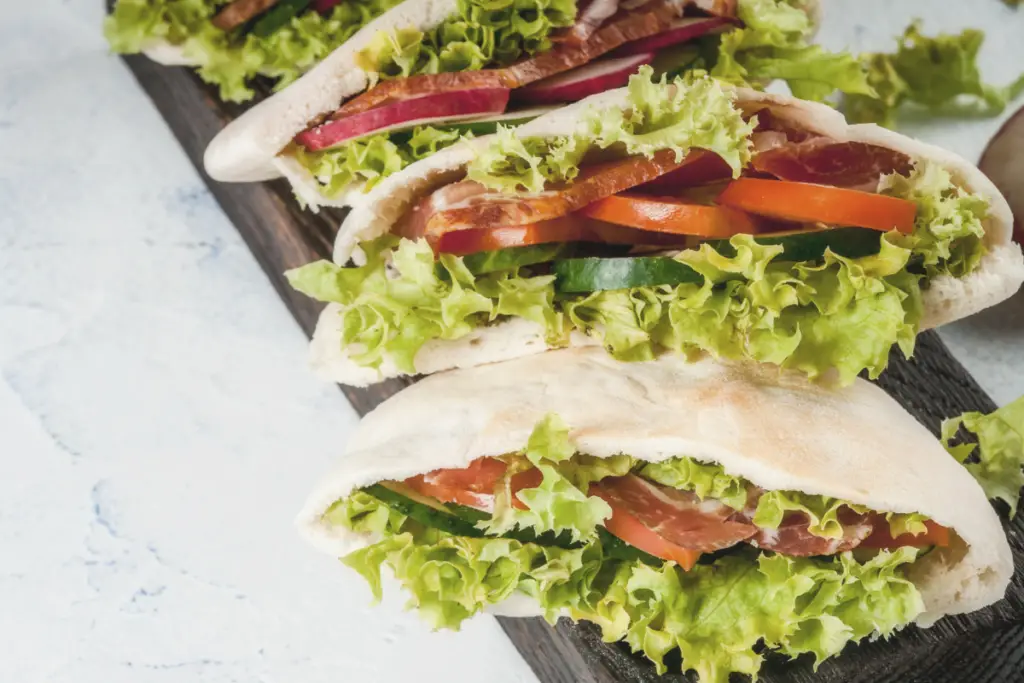
As in most cases, the answer lies in quantities and how often you are eating it.
Pita bread is made from flour, water, and yeast, which makes it relatively low-fat food but not particularly low in calories. The main source of fat in pita bread comes from the oil used to grease the baking pan, which is usually a very small amount.
Since it has very low-fat content, and if you’re aiming to cut your fat intake, it is a suitable weight loss food.
Overall, it is a good option for those trying to lose weight without harsh food restrictions as long as it is consumed in moderation. To increase benefits, try to purchase or make whole wheat pita bread whenever available.
Likewise, keep in mind that pita bread is often used as a side dish or as a wrap, so it’s imperative to make sure you enjoy it with low-fat and high-protein foods and spreads.
However, pita bread has a couple of downsides worth mentioning, and it’s entirely related to its carb content.
Is Pita Bread Good For Low-Carb Or Keto Diets?

Certain strict diets, such as keto or paleo, restrict the types of food you can eat depending on its nutritional profile. Specifically, these diets call for minimal carbohydrate consumption and a healthy amount of fat—precisely the opposite of what pita bread provides.
As mentioned beforehand, pita bread’s calories are 4% fat and 83% carbohydrates [2], making them a no-go for paleo, keto, or general low-carb diets.
Of course, you can still engage in an occasional pita bread treat, but you have to be aware that classic flatbread may kick your body out of ketosis, which can be detrimental to your weight loss.
To be on the safe side, you would have to find a low-carb, keto-friendly version, or you can try a no-carb alternative like cloud bread.
But although it is not the most diet-friendly option available, pita bread is still a good choice for weight loss if you use it as a substitute for the regular white loaf.
Is Pita Bread A Good Substitute For Regular White Bread?
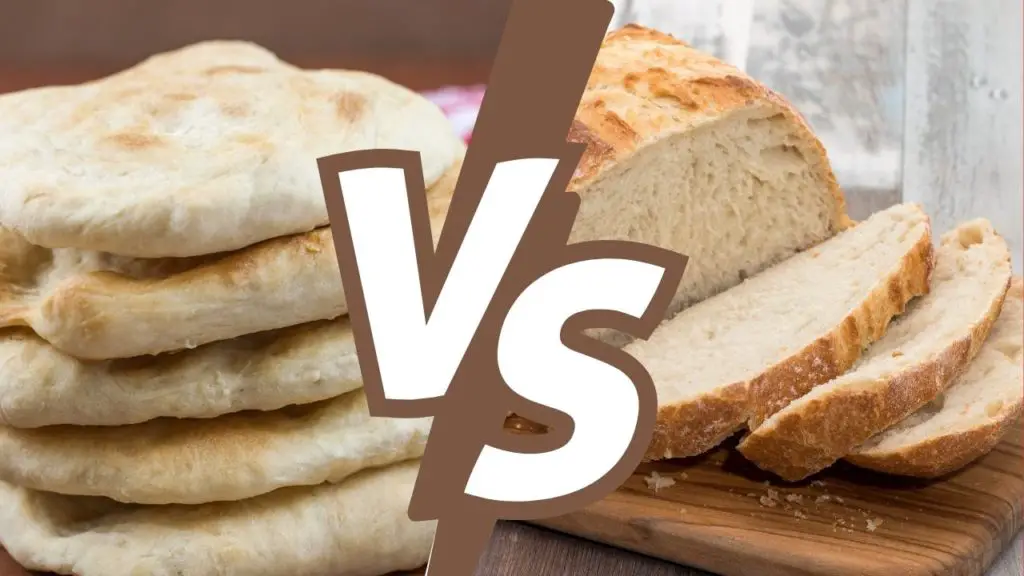
Despite the different appearances, there is not much difference in the nutritional value between both. However, by comparison, pita bread is a slightly healthier option.
First of all, regular white bread has a higher fat content—approximately 11%, compared to pita bread’s measly 4%. This is because white bread often requires oil or butter in its preparation, while pita bread does not need either most of the time [3].
This difference in fat content means that white bread is slightly more caloric than pita. This means that if your diet focuses on reducing the consumption of calories, pita bread is an acceptable replacement.
Beyond the nutritional value, pita bread can also be a great alternative to white bread from a psychological standpoint. Eating just a single serving of pita bread is more common than eating just one slice of white bread toast, which means you are bound to eat less.
Read Also: 33 Healthy Foods That Make You Feel Full And Eat Less!
Conclusion – 5 Rules To Follow
Overall, pita bread is not the most diet-friendly food out there, but it stands out as one of the best alternatives for people that aim to lose weight without sacrificing bread and carbohydrates. But you can certainly make it work if you follow these five rules below.
- Eat in moderation
- Go whole grain
- Fill it up with lean protein and veggies
- Be aware of additional ingredients
- Avoid it on low cab diets
Always remember that portion sizes are the key in any weight loss journey. Don’t forget that whole wheat and organic pita bread will always provide more benefits in the long run without sacrificing taste. And fill it up with healthy, nutritious, protein-rich fillings.
Sources:
- [1] Fayed, Saad (2022). What Is Pita Bread and How Is It Used? Retrieved from: https://www.thespruceeats.com/buying-pita-bread-2355744.
- [2] Nutritionix: A Syndigo Company. (n/d). Pita Bread. Retrieved from: https://www.nutritionix.com/food/pita-bread.
- [3] Nutritionix: A Syndigo Company. (n/d). White Bread. Retrieved from: https://www.nutritionix.com/food/white-bread
